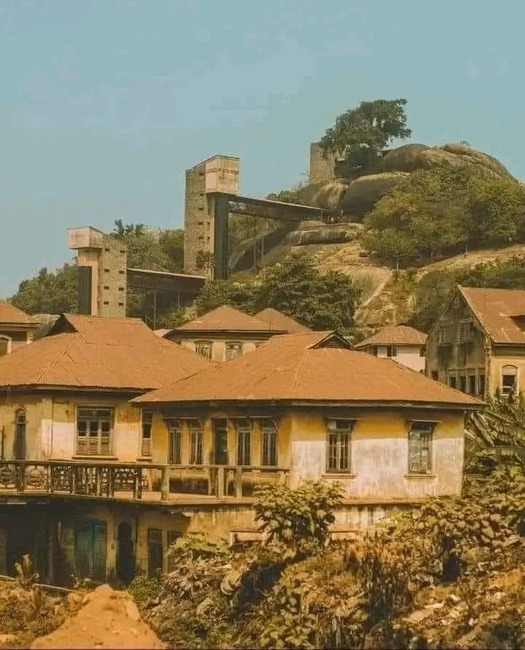
According to history, Osogbo’s most widely acknowledged history dates back to 1670 AD. It all began with the journey of a well-known hunter by the name of Olutimilehin, who is from Ipole-home, a town close to Ibokun.
While out hunting near the Oke-Baale region (a portion of modern-day Osogbo), at a site named Gbonmin, Olutimilehin came to find a nearby dam.
He toured the dam to determine whether it could support his community due to the water shortage that was affecting them. Olutimihen was depressed since his community cannot be supported by the dam. In his search, Olutimilehin discovered a creek known as Okrokro, tracing its origin to River Osun (a portion of modern-day Osogbo). Olutimilehin returned to his hometown to notify the monarch of his discoveries to Larooye Gbadewolu.
Later, the monarch and his subjects relocated to the floodplain where they constructed what would become known as Ile-Osun, their first palace.
READ ALSO: Pros and Cons of E-learning
Over time, Larooye and his subjects worked the newly discovered land as farmers. History records that one day, when clearing the bush for farming, a tree accidentally fell, harming the Indigenous peoples’ economy of the spirit realm. “Laro! Timehin!” came from the river in a voice. My dyeing pots have been smashed by you.
There were more spirit voices heard speaking! “Oso-Igbo Pele o, Oso-Igbo rora o. (Oso-Igbo, we share your sorrow.)” Later, Larooye learned that the spirit queen’s name was Oso-Igbo, which is popularly thought to be the name of the delicacies that came from the Osun River).
For this reason, Oba Larooye and all succeeding Ataoja (King of Osogbo) still view the Osun goddess as their spiritual mother. According to history, Larooye and his followers also relocated to the top terrace of the plain, which they eventually dubbed OKE Ohuntoto in the location of the modern-day Osun Groove.
The groove and their already thriving market were abandoned as King Larooye’s community’s population grew, and they relocated to Ode-Osogbo after the customary Ifa divination. In the Osun grooves, the abandoned market square and the Iledi hunt site serve as significant historical landmarks today.
Larooye constructed his new castle at the Ode-Osogbo, known as Idi-Osun, while Timehin constructed Idi-Ogun, a Shrine. It was discovered by Larooye and his subjects that their new settlement was a center where footpaths from Oyo, Ekiti, Ijesa, and others gathered.

One Reply to “Discovering the Roots of Osogbo: A Hunter’s Journey to the Birthplace of River Osun”